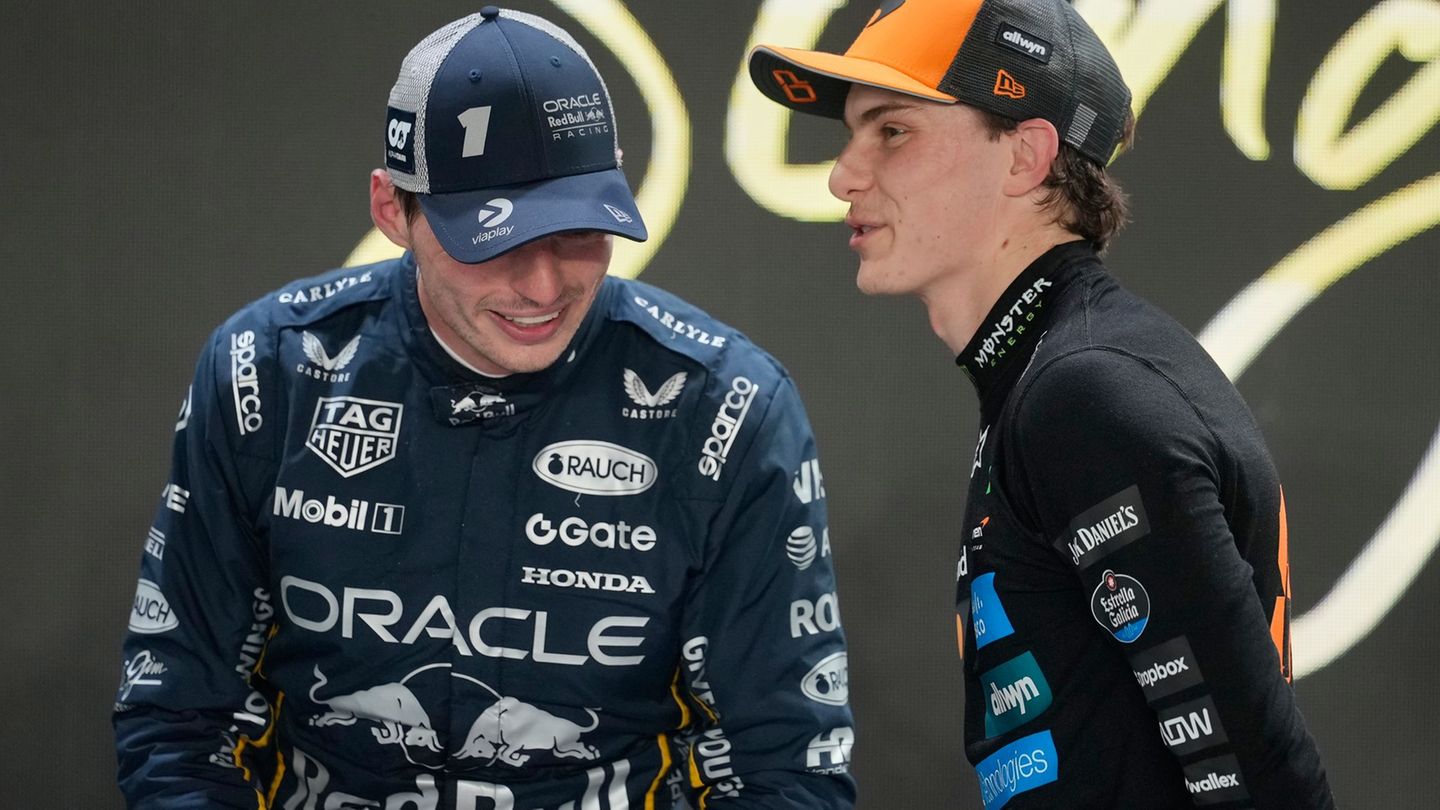Unmanned aerial vehicles and air traffic – how do they fit together? Drone alarms have repeatedly hampered flight operations. Tests are now to take place over the port of Hamburg.
Hamburg’s port is to become the first nationwide blueprint for regular drone airspaces in Germany. On the way there, the first test flights are now starting in the area of Germany’s largest seaport.
“Among other things, the safe and coordinated interaction of manned and unmanned air traffic in the U-Space airspace set up in Hamburg is simulated in several flight scenarios,” reports Droniq GmbH, a subsidiary of the state-run Deutsche Flugsicherung (DFS) and Deutsche Telekom. The concept of a “U-Space” is a spatially delimited airspace in which the idea is to coordinate drone traffic according to special rules and procedures. So drone flights should be possible quickly, safely and without long approval effort even outside the range of vision of the drone pilot.
The test flights that start on Tuesday (September 14th) include, for example, an emergency scenario in which the drone pilot has to avoid a helicopter flying into the test field at short notice. “Other scenarios are testing several parallel drone flights, including registration and deregistration procedures, as well as route planning and the subsequent flight implementation,” reports Droniq. “The drone pilots receive a complete air picture for their flight. In this way, controllers can recognize other air traffic participants up-to-date and in good time and act accordingly. “
For the federal government, the aircraft, which is bulky in legal terms as “unmanned aviation systems”, have enormous potential for various applications that go far beyond the delivery of parcels or medication, for example. With an action plan, the federal government wants to establish drones as an everyday mode of transport in just a few years – and make them a German export hit.
Until then, open questions must be clarified. “In order to fully utilize the economic potential of drones, they have to be easily and safely integrated into existing air traffic,” says Droniq boss Jan-Eric Putze. “The test flights mark the next step towards achieving that.” After the test flight phase has ended, flight weeks with practical demonstrations are planned for the autumn. The Ministry of Transport is funding the Hamburg “real laboratory” with just under half a million euros.
Jane Stock is a technology author, who has written for 24 Hours World. She writes about the latest in technology news and trends, and is always on the lookout for new and innovative ways to improve his audience’s experience.



